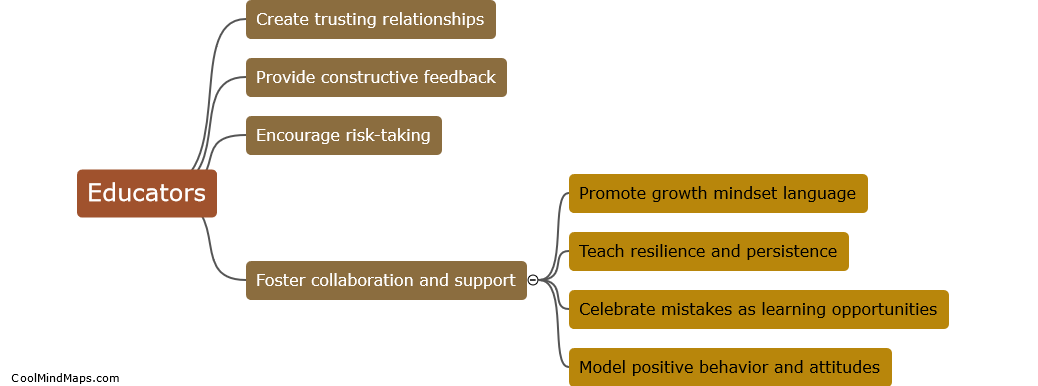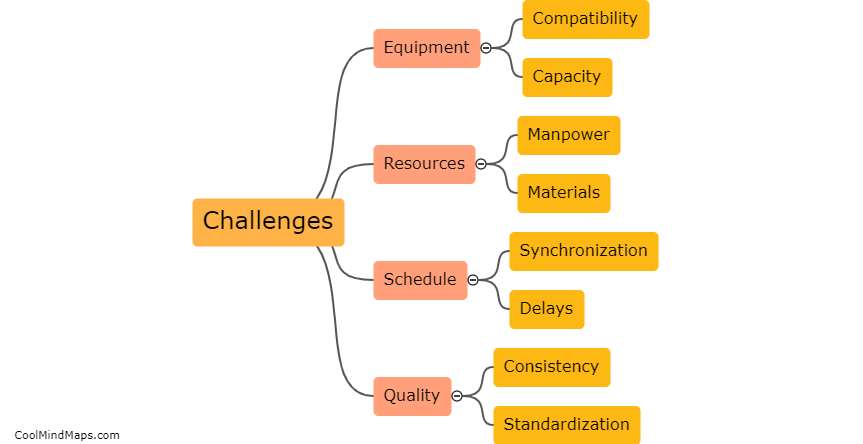What are the benefits of conducting a parallel run?
Conducting a parallel run is a valuable practice for organizations looking to implement a new system or process. By running the existing system or process in parallel with the new one, businesses can effectively compare their performance and evaluate the benefits of the new system. This allows for a smooth transition without disrupting operations, as the parallel run acts as a testing phase that helps identify any potential issues or glitches that may arise. It also provides an opportunity to gather feedback from users and make improvements before fully transitioning to the new system. Additionally, a parallel run helps mitigate risks associated with implementing a new system, as the existing system serves as a backup in case any problems arise, ensuring business continuity.

This mind map was published on 27 July 2023 and has been viewed 124 times.











